What Is Skillion Roof?
Important Point
The Skillion roof is a unique type of roof that has just one unvarying isolated surface. The characteristics of this type of roof are crucial than regular smooth tents. The main difference between a standard roof and a Skillion roof is the perpendicular pitch or rise.
The Skillion roof is an attractive decoration purpose roof with minimal cost. This roof is looking realistic, and the bright lines of this roof decorate the whole structure.
The Skillion roof is also known as Lean-to roofs, mono-pitched roofs, shed roofs, pent-roof, etc. Skillion roofs are widely used as a roofing method in Victorian periods.
Naturally, the single sloped plane is not connected to another roof of Skillion roofs, and this portion is making a difference with a gable roof.
This type of roofs is easy to construct and widely adopt different roof designs because it does not need any clamping of roof fragments.
The Skillion roofs can decrease the temperature by five degrees; that’s why they can be used for both animals and people.
Types of Skillion Roofs
According to the design component, Skillion roofs are made some development and categorized into four categories; those are
- Butterfly Roof
- Oval Roof
- Split Skillion Roof
- Multiple Skillion Roof
Useful Article For You
- What Is a Contour Interval
- What Is Tile
- What Is the Difference Between a Shower Pan and a Shower Base?
- What Is a Window Panel
- Type of Arch
- What Is the Measurement for a Queen Size Bed
- What Is Considered Livable Space
- What Is One Way You Can Save Electricity?
- What Is a Bundle of Shingles
- What Is a Gallon of Water Weigh
- What Is Sand Blasting
- What Is a Span Bridge
- What Is the Little Black Diamond on a Tape Measure
- What Is a Louvered Door
- What Is a Spread Footing
- What Is Leveling
- Different Types of Beam
- What Is Pedestal
- What Is Plumbing Fixtures
- Soft Floors
- Difference Between Pier and Pile
- What Is Slab Construction
- What Is Calacatta Quartz
- What Is Auxiliary View
- Sheepsfoot Roller
- What Is 1 Flight of Stairs
- What Is Refractory Cement
- Dry Pack Concrete
- What Is Luminous Flux Vs Lumens
- What Is a Frost Wall
- What Is an Undercoat
- What Is Road Pavement
- Arch Foundation
- What Is a Stair Landing
- What Is a Spandrel Beam
- What Is Pier and Beam Foundation
- What Is a Pile Cap
- What Is a Mat Foundation
- What Is a Floating Slab
- What Is the Purpose of Foundation
- What Is a Flush Door
- What Is Residential Construction
- What Is the Best Foundation for a House
- What Is a Benchmark in Surveying
- What Is a Engineering Drawing
- What Is an Admixture
- What Is the Standard Size Water Supply Line
- What Is the Difference Between Tension and Compression?
- What Is a Tremie
- What Is Tributary Area
- What Is Shoring Construction
- What Is a Cason
- What Is Wall Putty
- What Is the Difference Between Mortar and Concrete
- What Is Bhk
- What Is Sbc of Soil
- What Is Plinth Level
- What Is Water Proofing
- What Is Mix Design of Concrete
- What Is Fine Aggregate
- What Is Retention Money
- What Is Design Mix
- What Is Isometric Scale
- What Is Development Length
- What Is Superelevation
- What Is Wall Made Of
- What Is Micro Piling
- What Is Soil Stack
- What Is a Half Wall Called
- What Is Flagstone
- What Is a Cinder Block
- What Is Floors
- What Is a Parapet in Construction
- What Is Concept Drawing
- What Is a 30 Degree Angle
- What Is a Mezzanine Level
- What Is Plinth Area
- What Is Precipitation
- What Is a Soffit
- What Is the Difference Between Residual and Transported Soil
- What Is a Drop Manhole
- What Is Oblique View
- What Is a Flyover Bridge
- What Is Tie Beam
- What Is the Cost of 1 Bag Cement
- What Is Well Foundation
- What Is the Principle of Chain Surveying
- What Is Dlc in Road Construction
- What Are the Advantages of Levelling
- What Is Hardened Concrete
- What Is Plinth Protection
- What Is Wbm Road
- What Is Measurement Book
- What Is Traversing in Surveying
- What Is the Space Between Windows Called
- What Is a Moment Frame
- What Is 53 Grade Cement
- What Is True Slump
- What Is Joisted Masonry Construction
- What Is the Back Azimuth of 180 Degrees
- What Is Stretcher Bond
- What Is Consistency of Cement
- What Is Pointing
- What Is Design Period
- What Is Long Column and Short Column
- What Is the Full Form of Rcc
- What Is Centering in Construction
- What Is Stone Masonry
- What Is M30 Concrete
- What Is Dead Load and Live Load
- What Is Grouting
- What Is Grade Slab
- What Is Dpc
- What Is Lapping Length
1. Butterfly Roof
A butterfly roof is also known as a V roof. This type of roof has two roof surfaces which are sloping down to the interior of the roof. The slope is opposing the perimeter.
In the US, butterfly roofs are correlated, and it is also used in modern architecture. The butterfly roofs are widely used in Victorian and Georgian terraced house of British cities which is also termed as “London” roofs.
In this roof, rainwater can be passed by both sides of the roof and runoff in the down spot of the center of a valley. One side of the roof is tilted to the valley ends, and this type of roof has a higher perimeter of walls and clerestory windows give permission to enter light without hampering privacy.
2. Oval Roof
An oval roof is a type of roof where the roof creates a smooth curve, where others create a steep slope, and this looks more organic aesthetic. The oval roof is generally used for bigger indoor areas. We can add another floor with a limitation of height.
This is naturally protected from the wind by its aerodynamic structure. This type of roofs are not used in domestic purpose because the cost of this too high.
3. Split Skillion Roof
A split Skillion roof is a mixed type of roof. In this type of roofing, gable roofing and Skillion roofing is used combinedly.
4. Multiple Skillion Sections
In this type of roofing, many Skillion roofs are used in different heights, which look aesthetically good. This is a low-cost budget roofing system with more aesthetic beauty.
Also, Read: What Is Foundation | What Is Purpose of Providing Foundation | Types of Foundation
Uses of Skillion Roofs
There are many uses of Skillion roofs, those are-
- This type of floor has a good water drainage system because it has steeper slopes.
- This type of roof are flat sailing, heap and very fast constructing.
- This type of roof can be personalized according to the customer’s choice.
- Another use of Skillion roof is utilized in expansion.
- The isolated slope of this roof includes fewer components.
- The Skillion roofs have eco-friendly insertion properties so that we can include solar panels, skylights, etc.
- This type of roof has a lengthy slope so that the roofs can allocate more natural illumination to the households.
- The Skillion roof provides wider out on top.
- The longevity of this roof is more than horizontal caliber roofs.
- These types of roofs are elicited by bucolic and manufacturing threads.
How to Build a Skillion Roof?
- The Skillion roofs do not require to connect to other portions of the roof, and there are generally standalone roofs. This type of roof is easy to construct, and it does not have uneven slopes or pitches.
- Metal, asphalt, wood shingles are some major and main components of Skillion roofs. Finishing materials are also applied over those components to protect those components. Metal sheets are used as finishing material.
- The main thing we must remember in our mind is the degree of the pitch of the roof and levelling of the roof. You need to pay attention to the direction of the wind; otherwise it may damage the roof in the time of storm. If you want to modify your roof then you put a metal cladding to avoid essential rise and fall of the roof.
- Rafters are the sloping instruments of Skillion roof pitch. These provide extra support of the roof and distribute the loads to the external wall to provide support. We also add beams to provide extra support for rafters along the length.
- Support beams are a very important structure that we have to select according to the correct thickness and placement of the beam. Beams are placed generally 90-degree to the horizontal angle along the rafters. Those beams are provided to give extra support to the constructions and rafters.
- Portal frames are also a structural element that is added to the design of the Skillion roof. This is naturally a series of trusses that will provide extra support to the structure. Portal frames are made of steel or wood, and it depends upon the needed strength of the roof.
Also, Read: Stepped Footing | House Foundation on Slope | How to Build a Foundation on the Slope
What Are the Benefits of the Skillion Roof?
There are so many benefits of using a Skillion roof, those are
1. Better Drainage
This type of roof have a higher and steeper slope than another type of roof, so the rainwater runs off quickly from thro of than the other ones.
This type of problem is faced by normal roofs. There are lesser chances of leakage because the water runs off very quickly.
Butterfly type of Skillion roofs are also eco-friendly structures because they can store rainwater with their wings, and this process is widely used in Australia’s drought weather.
2. More Eco-friendly and Sustainable
This is more eco-friendly because it can store rainwater, and we can install solar panels in the inclined part of the roof. So, this roofs are favorable for skylights to get maximum sunlight in the daytime and save electricity by using solar power.
3. More Affordable
Skillion roofs are more affordable because these are simple, economical, easy to construct, availability of material, etc. You can get a modern look at the structure on a low budget.
4. Aesthetic Dramatic Design
The steep line in the Skillion roof attracts other people. The raising part of the ceiling is generally used for the conversation part.
5. Privacy from Close Neighbors
You can block the viewpoints into the house by creating a steep gradient of the roof. Sometimes, you can also use clerestory windows for ventilation and light purpose in your room with maintaining your privacy.
6. Longer Lifespan
When you construct the Skillion roof by Skillion labor using quality materials, then the life span of the Skillion is far better than the normal type of roof.
7. Extensions
Sometimes, extensions are made in Skillion roofs like it is used for the additional cover of the roof. This is another advantage of using a Skillion roof.
Useful Article for You
- Zero Force Members
- How Much Does a Yard of Concrete Weigh
- Cmu Wall Meaning
- Gradient Road
- Budget Sunroom Ideas
- What Is Gypsum Board
- Types of Vaulted Ceilings
- How Does Baking Soda Remove Blood from Carpet
- What Are Forms in Construction
- How Heavy Is Dirt
- Tender Meaning in Architecture
- Dark Olive Green House
- Cast in Place Concrete
- Lean to Roof
- How Tall Is an Average Door
- Grade Beam Foundation
- Window Sill Height
- Concrete Cold Joint
- Types of Traps
- Types of Pipe
- Wood Supporting Beams
- Finishing Plaster
- Home Depot Scrap Wood
- Lvl Beam Size Calculator
- Structural Shell
- Curb Types
- Msand
- Optimum Dry Meaning
- Disadvantages of Low-E Glass
- Bridge Abutment Definition
- Skeleton Steel Framing
- Build Materials List
- Composite Masonry Wall
- Is Cedar a Hardwood or Softwood
- Modified Proctor Test
- Physical Properties of Sand
- Crane Machine Construction
- Types of Gable Roofs
- Door Frame Types
- How Much Does 55 Gallons of Oil Weigh
- Dog Leg Stairs
- Concrete Salt Finish
- Westpoint Bridge Builders
- Types of Porches
- Hempcrete Disadvantages
- Roof Pitch Types
- Types of Weirs
- Asphalt Floor
- Dutch Roof
- #6 Rebar Weight Per Foot
- Prizmatic Compass
- Bond Break Concrete
- Poured Concrete Wall Cost Calculator
- How Many 60 Lb Bags of Concrete in a Yard
- Wood Fence Post Spacing Chart
- Falsework
- Design of Building Structures
- Topping Slab
- Types of Cinder Blocks
- Fresh Concrete
- Door Colors for Red Brick House
- Clear Cover Concrete
- Tiles Brand
- Cement Consumption in Plaster
- Aggregate Density Kg M3
- Weight of Concrete Slab Calculator
- Is Clay Smaller Than Silt
- How to Calculate Dead Load
- Bad Concrete Work
- Stepped Foundations
- Residential Construction Cost Estimator Excel
- Different Construction Trucks
- Septic Pump Replacement Cost
- Dead Load Calculator
- Beam Vs Column
- Concrete Mix Ratio
- Caisson Foundation
- Glulam Beam Weight Calculator
- Bituminous Pavement
- M30 Mix Ratio
- Is 2502
- Reinforced Brick Work
- Plinth Level
- Trapezoidal Footing Formula
- Slab Steel Calculation
- Rolling Margin of Steel
- Top 20 Pvc Pipe Brands in India
- Top 5 Cement in India
- How Much Weight Can a 6×6 Support Horizontally
- Modulus of Rupture Formula
- Types of Curtains
- Building Estimate Excel Sheet
- How Is the Skeleton Similar to the Frame of a House?
- Which of the Following Best Explains Why Buildings Tip During Earthquakes?
- Rate Analysis of Civil Works
- Water Tank Company Name
- 1 Soot in Mm
- Reinforcement Lap Length Table
- Camber in Road
- Rate Analysis of Plaster
- Ply Company Name
- Boq Full Form in Tender
- Well Point
- Plastering Ratio
- Rcc Value Day
- How Many Brick in a Cube
Is It Cheaper to Build a Skillion Roof or Flat Roof?
When you are going to construct a good roof, then you have to remember some long-term factors, like material quality, climate condition, etc. But flat roofs are slightly costlier than the Skillionroofs, and flat roofs also have some drawbacks than Skillion roofs.
On the flat roof, there is no natural water drainage, but the Skillion roof has already a drainage system of having a slope. This will reduce the lesser chance of leakage problems.
The construction cost of a Skillion roof is less than a flat roof because the material cost and maintenance cost is higher than a Skillion roof.
Skillion Roof Advantages
There are so many advantages of Skillion roof, those are-
- Better water drainage: The Skillion roofs have better water drainage efficiency, so leakage chance is very less; so, this is the advantage of using Skillion roof over flat roof.
- Easy to build: This type of roof is easy to build, and it requires some few materials. But Skillion roof construction needs a high level of precision and accuracy.
- Modern design: The unique and modern design of this type of look attracts people. It provides a better outlook within the minimum budget.
- Elegant yet simple: The Skillion roofs are sloped surfaces which is quite simple but elegant in looking.
- Affordable: The Skillion roof materials are very low budget, and affordable and products are available. This type of roof is cheap and easy to construct.
- Longer lifespan: When we construct the Skillion using high-quality materials, then the lifespan of the Skillion roof gets a longer lifespan than a gable roof or flat roof. You need to use weather-resistance materials for extreme weather conditions.
- Energy efficient: The Skillion roof is an energy-efficient and eco-friendly roof because, in the sloped portion, you can install the solar panels to save the conventional energy.
Skillion Roof Disadvantages
There are some disadvantages of using Skillion roof, those are
- No attic space: One of the main disadvantages of using a Skillion roof is there is no attic space in Skillion roof. If you want extra storage in the roof, then this type of roof is not useful. The roof angle in this roof is very tighter than gable or other roof so, it has not enough space for attic space.
- Prone to wind damage: Skillion roofs are highly damaged prone to wind or hurricanes like hip and gable roofs. To overcome this problem, you need to construct many roof slopes to keep safe the main roof.
Skillion Roof Variation
- There are many types of designs available in the Skillion roof, but oval-shaped or circular shaped Skillion are largely used in construction. This type of roof is used because there is no sharp ridge, the only soft ridge is there, and it helps to resist wind pressure. It also provides an artistic aesthetic beauty to the structure.
- Another most used type of Skillion roof is butterfly roof with the two slope panels downwards to different directions and meet at the middle of the roof. The angle of roof slope represents the wings of the butterfly, and it is very useful to collect rainwater; so, it’s very useful in high rainfall areas.
- Another most popular Skillion roof type is mono pitched or split Skillion roof, which is the combination of the gable and Skillion roofs. The split Skillion is a type of roof which is constructed with different types of roofs which do not intersect each other.
- Lean-to Skillion roofs are another variation of Skillion roofs which are generally used in sheds, porches, unique buildings, etc.
Skillion Roof Ventilation
- Skillion roofs are generally difficult for ventilation because it has narrow framing and tight formation, that’s why it reduces the natural ventilation process.
- But in New Zealand, researchers show that there is no difficulty in ventilation and gradual ventilation is also good in this type of roof.
- A huge amount of air is flowing over the Skillion roof; so, you need to completely airtight the whole structure by applying asphalt over it or using metal sheet or plywood roofs or using timbre shingles with an interleaved to avoid moisture by solar.
- There is no moisture containing element in the Skillion roof; that’s why leakage is not there, but in case of the wet farming, there is some plumbing leaks or moisture penetration.
Prevent Moisture Entry from Spaces Below
- After completing the construction and the building occupied by the owner, the moisture does not bring any type of roof framing cavities.
- In a building, which is occupied by the owner, the inside air is more warmer than the outside air because of the action of cooking, heating, breathing, and moisture generated heat, etc. The researchers say that that the moisture can be transported through cracks, gaps, roof cavities, etc. So, we need to construct the Skillion roof direction, which prevents the moisture from carrying airflow.
- Moist air is not generated from the ventilation, air leak or diffusion, and it generally generates from the cold portion of the structure like the underneath portion of the roof covering materials. The moisture is created from the water, which makes a wet layer, can harm the materials of the building by creating bubbles under the membrane.
Also, Read: What Is Foundation | What Is Purpose of Providing Foundation | Types of Foundation
Skillion Roof
Skillion roofs are where the roof cladding and the ceiling lining are within 300 mm of each other and both are usually directly attached to the roof structure.
Skillion Roof House
A further advantage is that skillion roofing is generally cheaper due to using less materials. However, skillion sheds are not visibly pleasing like gable sheds. This means that it may offer less value to your home depending on where it is positioned.
Skillion Roof Homes
To put it simply, a skillion roof only has one flat surface with a relatively steep pitch. You can think of a skillion roof design as a mix between a flat roof and a gable roof; taking the minimal design atheistic of a flat roof and combining it with the pitch of a gabled roof.
Flat Roof to Pitched Roof Transition
You can install a shallow pitched roof over your existing flat roof, add a trussed ranch-style roof to convert to cathedral walls, or even build a new floor and install the pitched roof above that. That means you may have to tear out the ceilings below the roof as well.
Flat Roof Quote
In most cases, the general cost per square of flat top roof is somewhere between $350 and $1200, which means that a square foot of a new flat top roof, fully installed, including labor can cost between $3.50 and $12.00.
Rolled Bitumen Flat Roof
Modified bitumen roofs are single-ply systems that are most often roll-applied to the roof surface. They are similar to asphalt roofs but they have additional polymers in their materials that provide added protection from the elements and help in increase the lifespan of the product.
Flat Roofing Contractors
Replacing a flat roof costs $3,131 and $9,915 or $6,388 on average. Materials and labor add up to $4 to $13 per square foot. Expect to pay $4,000 to $13,000 for a 1,000 square foot flat roof depending on the material type and need for vents, drains and extra underlayment.
Flat Roofing Companies
Quite possibly the best flat roofing membrane, EPDM is a relatively low-cost flat roof material that offers a number of significant advantages. Clean, straightforward installation, incredible strength, a long lifespan, and a smart finish combine to make EPDM membranes a difficult one to beat.
Flat Roof Experts
The national average cost for professional flat roof repairs is between $250 and $1,000, with most homeowners paying $600 to fix a leaky flat roof.
Built Up Flat Roof
Built-up systems are installed by alternating layers of asphalt or tar and supporting fabrics directly onto the roof. You can choose the number of layers (or plies) that are installed. The final layer of a built-up roofing system consists of stone or gravel.
Like this post? Share it with your friends!
Suggested Read –
- Mono Pitched Roof
- What Is Kelly Ball Test | Test Procedure of Kelly Ball Test | Use of the Kelly Ball | Advantages of Kelly Ball Test | Disadvantages of Kelly Ball Test
- 9 Types of Curing | What Is Curing of Concrete | Why Curing Is Important | Minimum Curing Period for Concrete Cement | How Long Does It Take for Concrete to Dry
- What Is Micropile | Types of Micropile | Common Uses of Micropile | Advantages & Disadvantages of Micropiles | Micropile Vs Typical Pile | How Are Micropiles Installed
- What Is Spread Footing | 8 Types of Spread Foundation | Concrete of Spread Footing | Spread Footing Design | Advantages & Disadvantages of Spread Footing
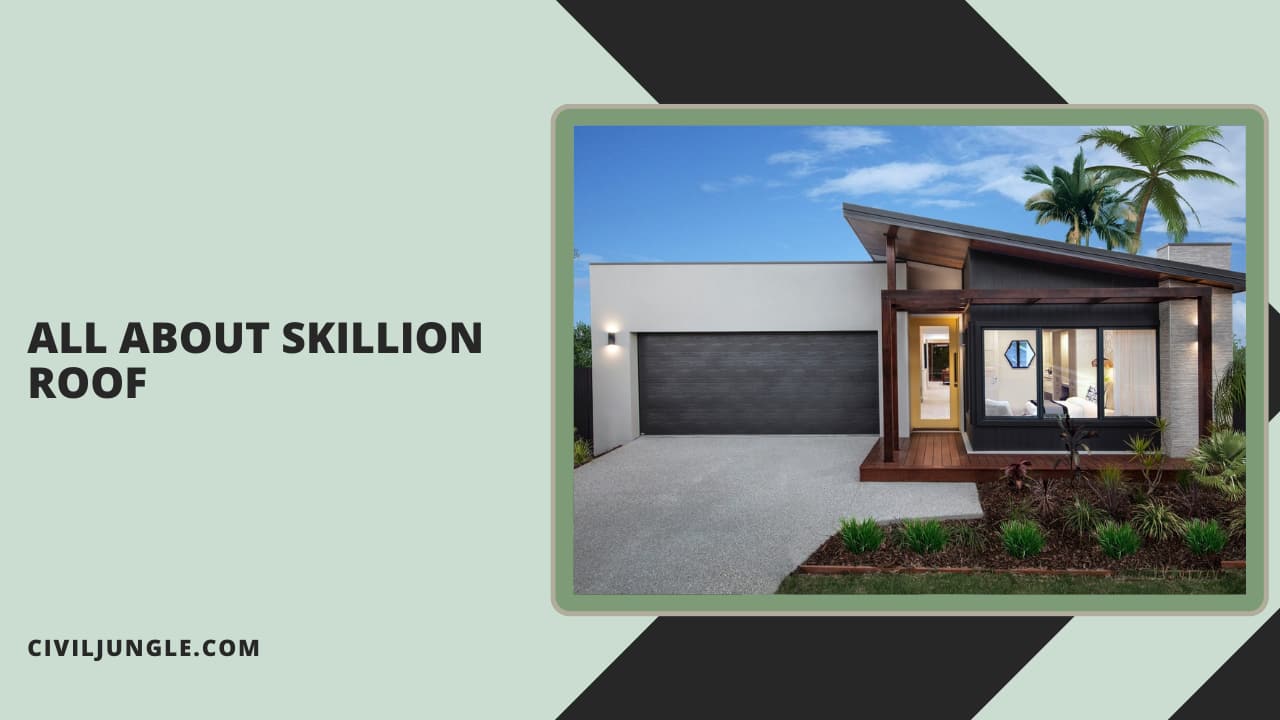
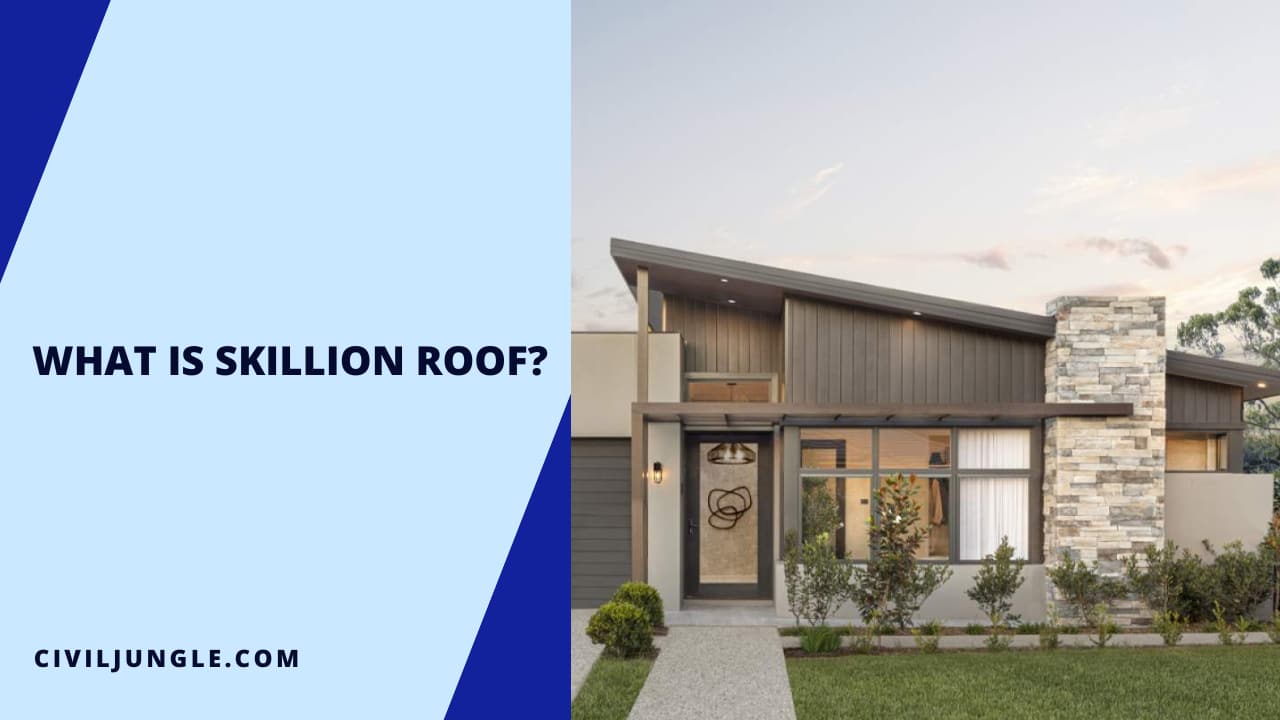
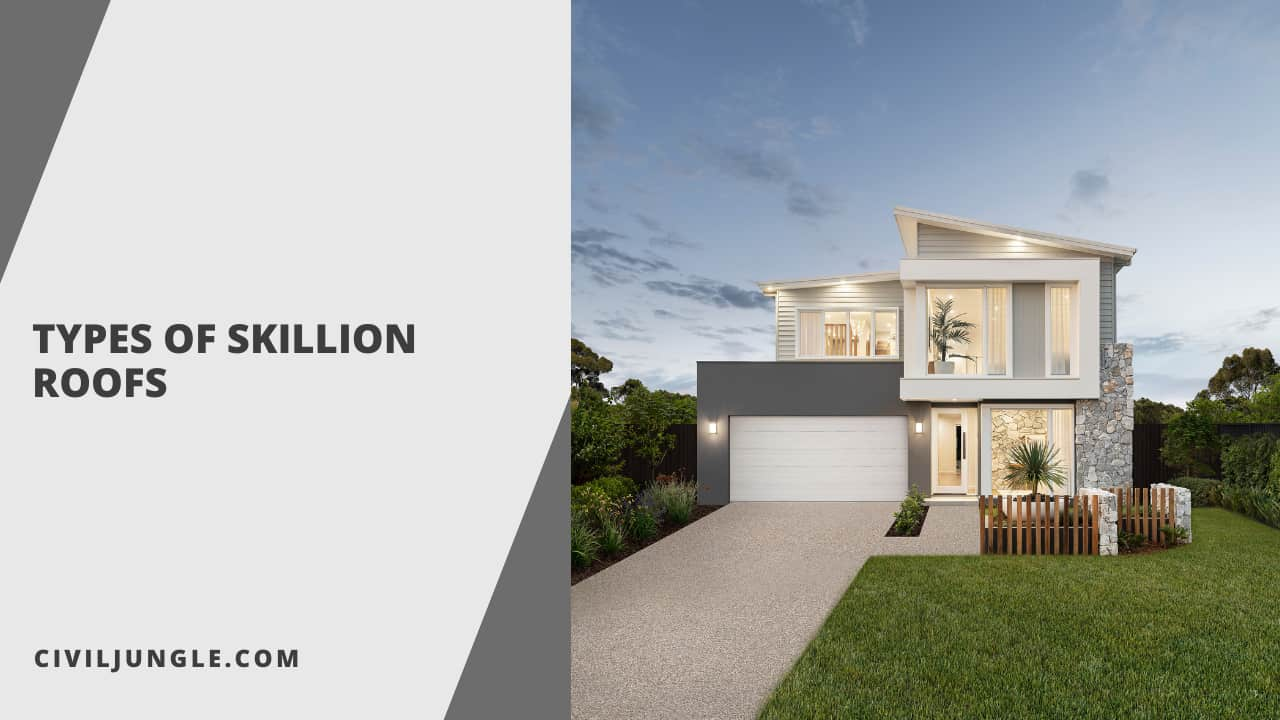
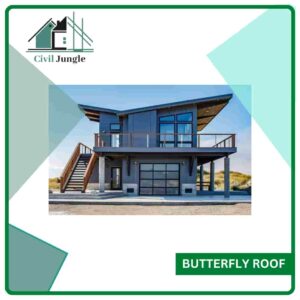
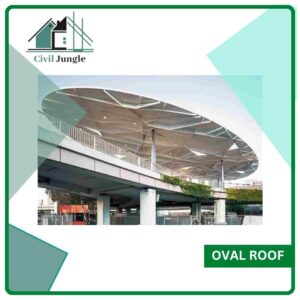

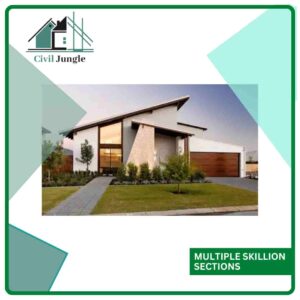
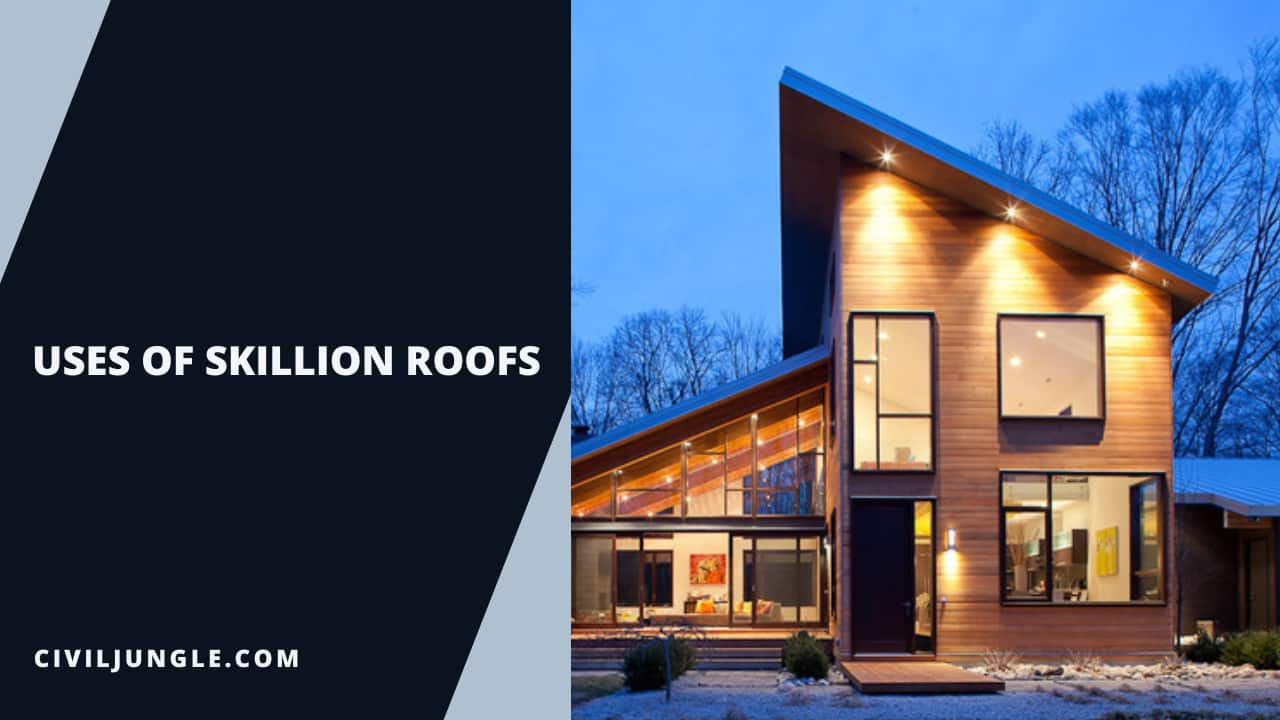
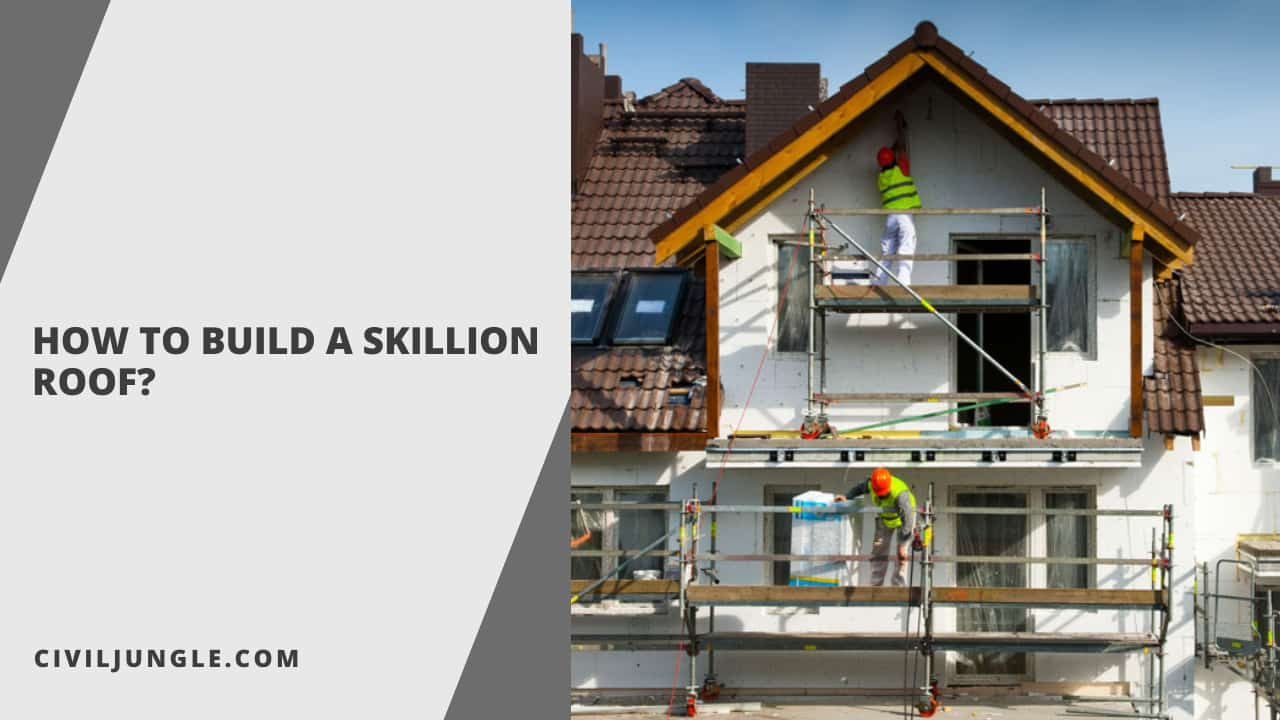

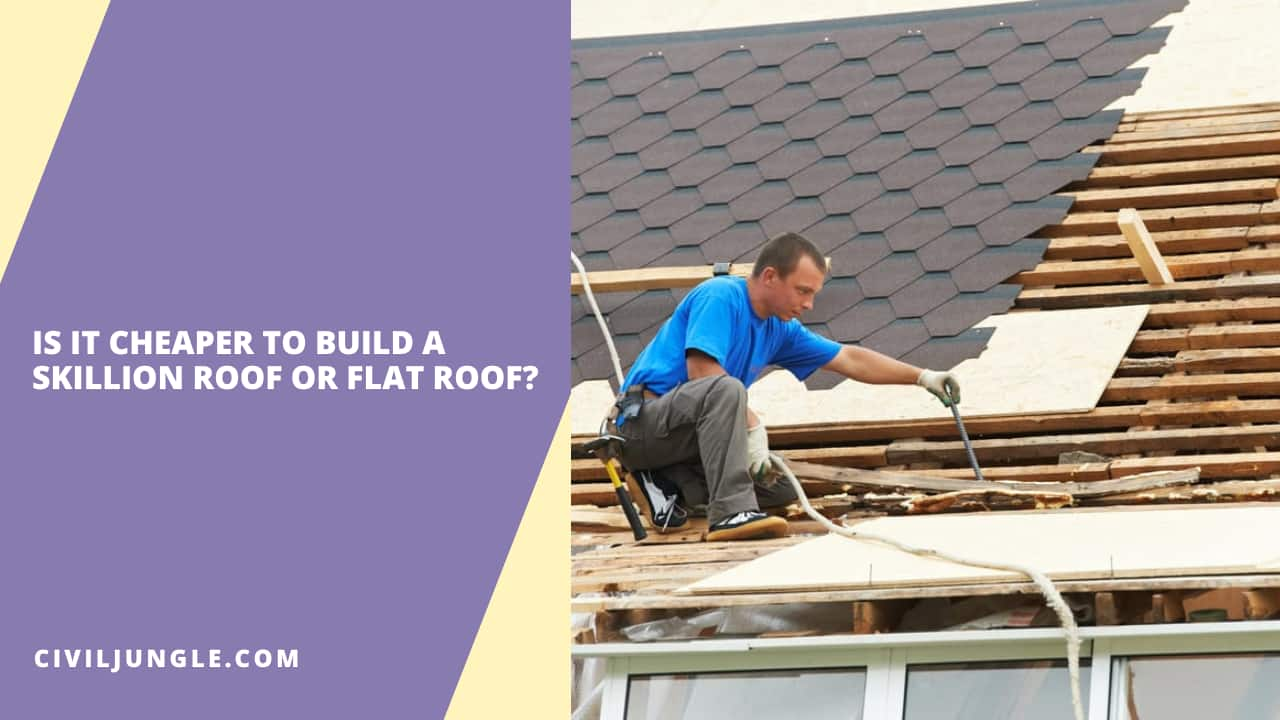
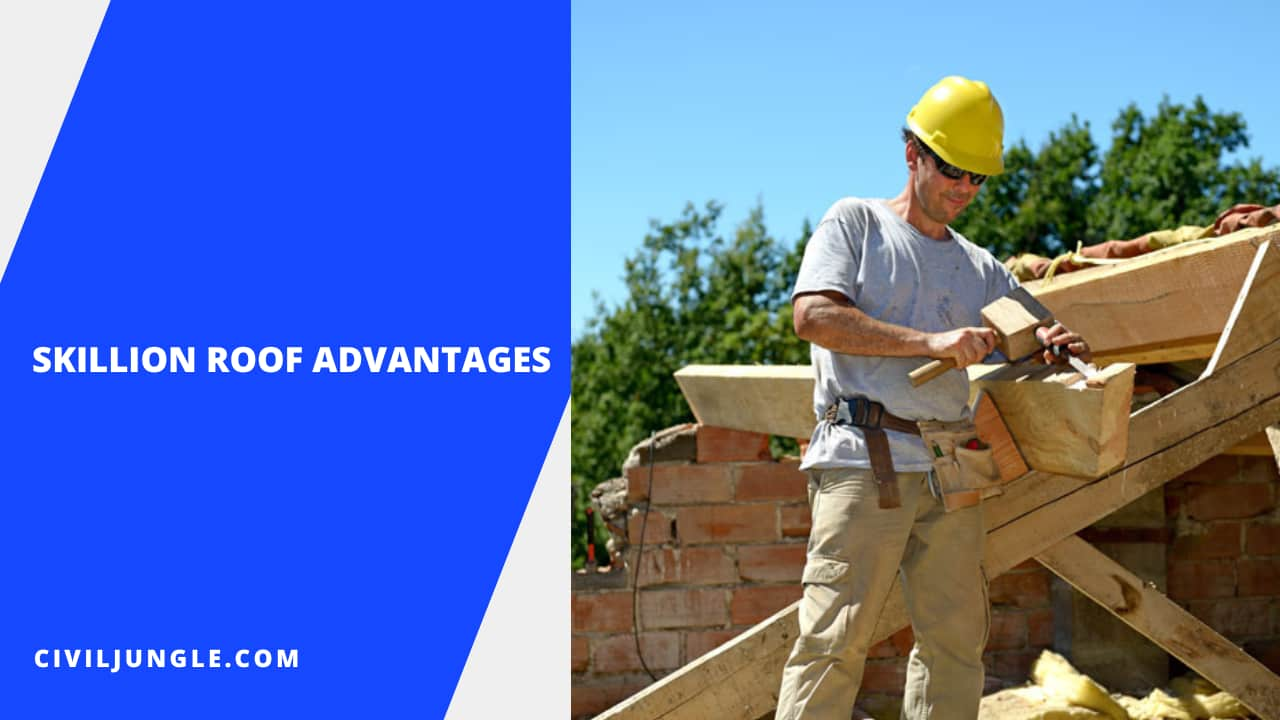
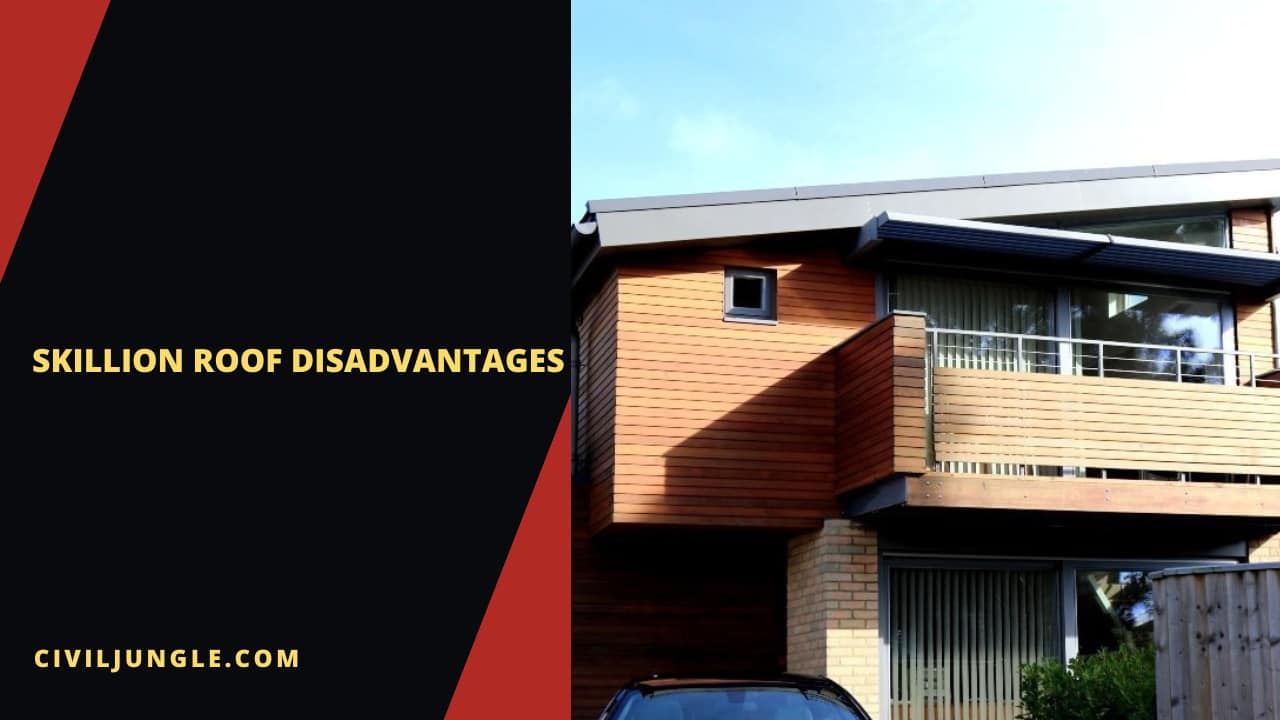
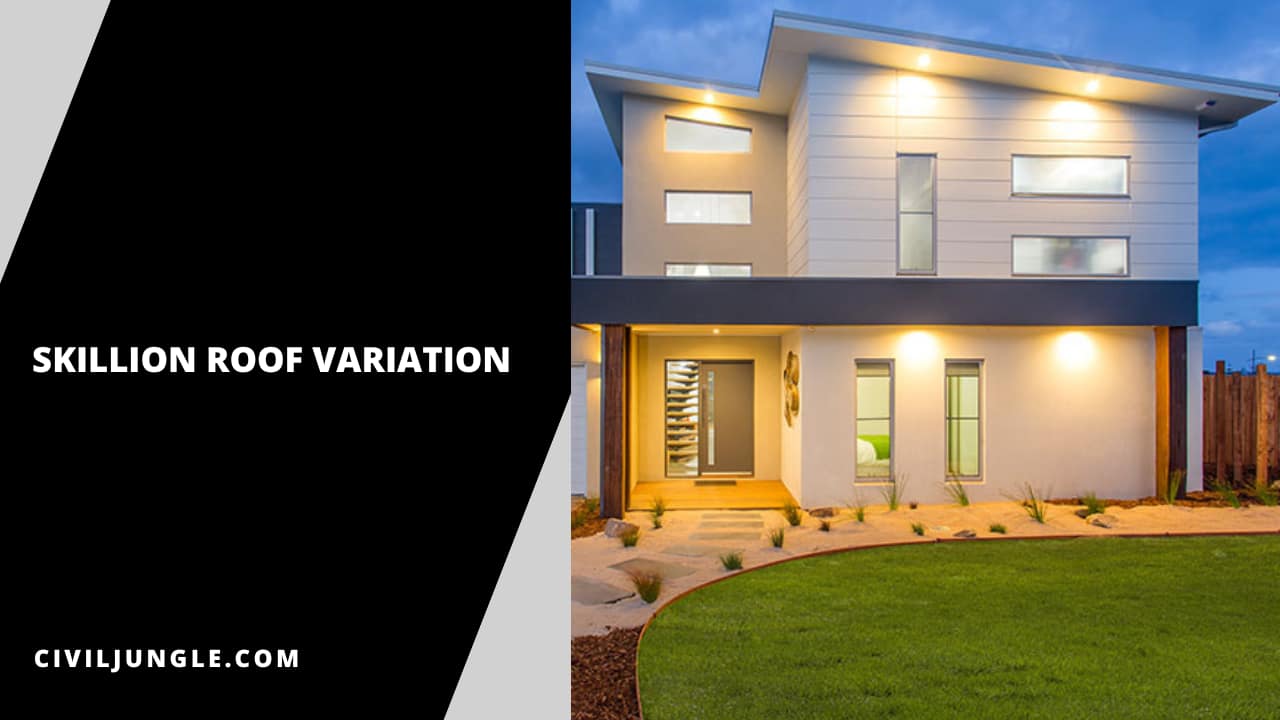
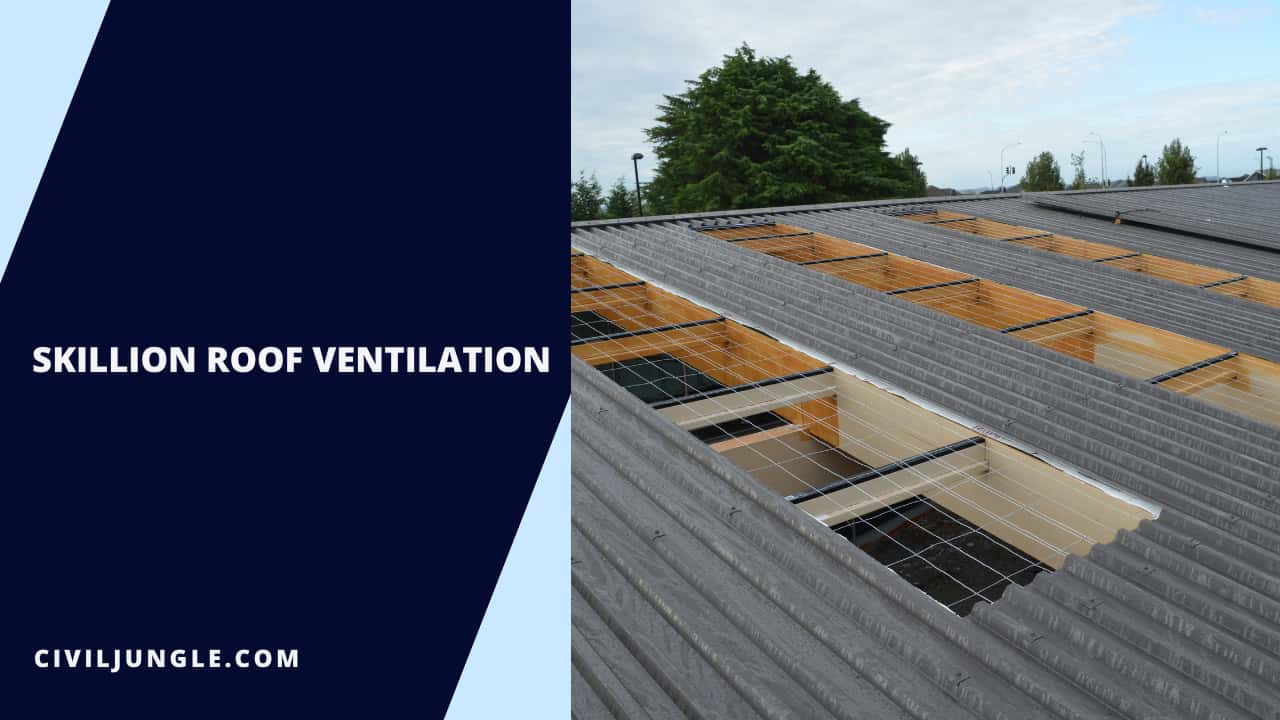

Leave a Reply